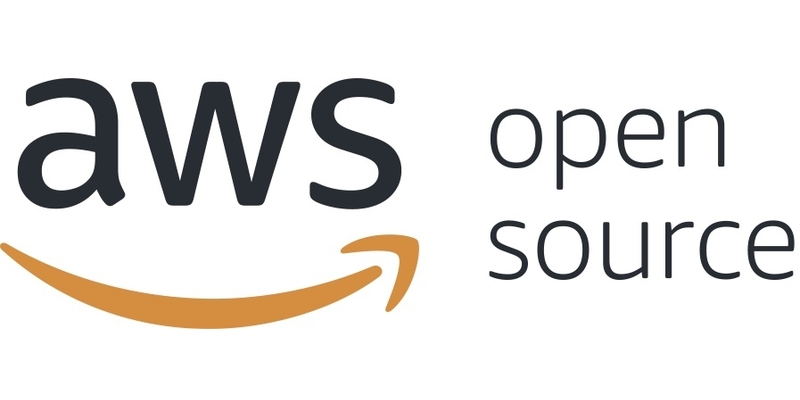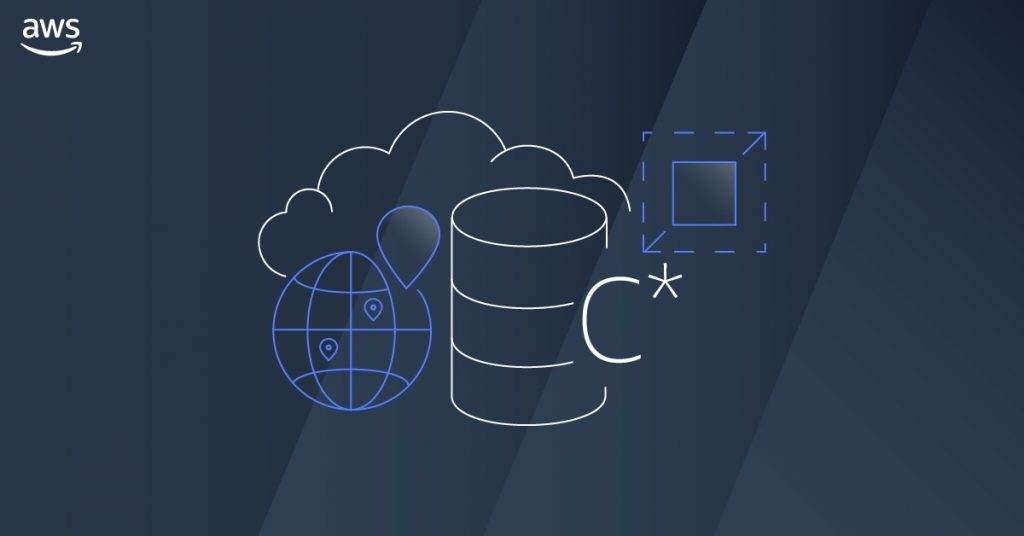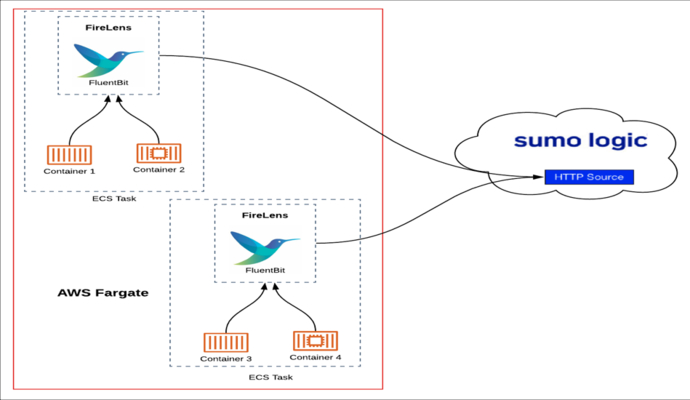AWS Open Source Blog
Category: Open Source
Setting the record straight on AWS and open source
This New York Times article is skewed and misleading. The reporter had a story he wanted to write and didn’t let the facts get in the way of his story. He ignored most of what we shared with him, left out many of the positive partner comments various partners shared with him, and conflated various […]
Code and beyond: How we contribute to the Apache Cassandra community
AWS was built for running open source. Since AWS launched in 2006 we have contributed to a broad variety of open source software projects, from Redis to Linux to Apache Lucene to Kubernetes, and will continue to do so as we seek to help our customers. Code, however, is not always our only contribution, and […]
Deploying an HPC cluster and remote visualization in a single step using AWS ParallelCluster
Since its initial release in November 2018, AWS ParallelCluster (an AWS-supported open source tool) has made it easier and more cost effective for users to manage and deploy HPC clusters in the cloud. Since then, the team has continued to enhance the product with more configuration flexibility and enhancements like built-in support for the Elastic […]
Introducing real-time anomaly detection in Open Distro for Elasticsearch
There is an enormous increase in real-time streaming applications across a wide range of industries such as finance, health, information technology, retail, and the Internet of Things (IoT). Organizations depend on log analytics solutions to detect aberrations in the data and identify critical situations. Examples include finding fraudulent behavior in financial transactions, discovering suspicious IP addresses […]
AWS Fargate container logs collection and analysis with AWS FireLens and Sumo Logic
AWS Fargate is a compute engine for Amazon ECS that allows you to run containers without having to manage servers or clusters. Fargate manages provisioning, configuration, and scaling of the clusters. With Fargate, you can focus on your application design and implementation instead of worrying about the infrastructure. In this post, we’ll provide an overview […]
The Sumo Logic integration with Amazon EKS
Amazon Elastic Kubernetes Service (Amazon EKS) makes it easy to deploy, manage, and scale containerized applications using Kubernetes on AWS. In this post, we’ll provide an overview on how Sumo Logic’s integration with Amazon EKS works using the open source tools Helm, Fluent Bit, Fluentd, Prometheus, and Falco, and how to use it to: Monitor the […]
Splitting an application’s logs into multiple streams: a Fluent tutorial
Not all logs are of equal importance. Some require real-time analytics, others simply need to be stored long term so that they can be analyzed if needed. In this tutorial, I will show three different methods by which you can “fork” a single application’s stream of logs into multiple streams which can be parsed, filtered, […]
Gearing up for re:Invent 2019 with Open Distro for Elasticsearch sessions
re:Invent 2019 has a new track this year and it’s all about Open Source! There are lots of great sessions coming up on Open Distro for Elasticsearch and its components such as Alerting, Security, and Performance Analyzer. Join in to learn more and participate in hands-on workshops! Keep a lookout for our sessions on machine […]
Robotics at re:Invent 2019
For the first time, at re:Invent 2019, we will have dedicated Robotics and Open Source tracks! We’re excited to be working closely with the open source community to make robotics easier than ever for everyone. Throughout the week, we are offering a diverse variety of content and learning opportunities about the open source Robot Operating System […]
Using AWS CodePipeline and open source tools for at-scale infrastructure deployment
AWS offers a rich set of developer tools to host code, build, and deploy your application and/or infrastructure to AWS. These include AWS CodePipeline, for continuous integration and continuous deployment orchestration; AWS CodeCommit, a fully-managed source control service; AWS CodeBuild, a fully-managed continuous integration service that compiles source code, runs tests, and produces software packages; […]









